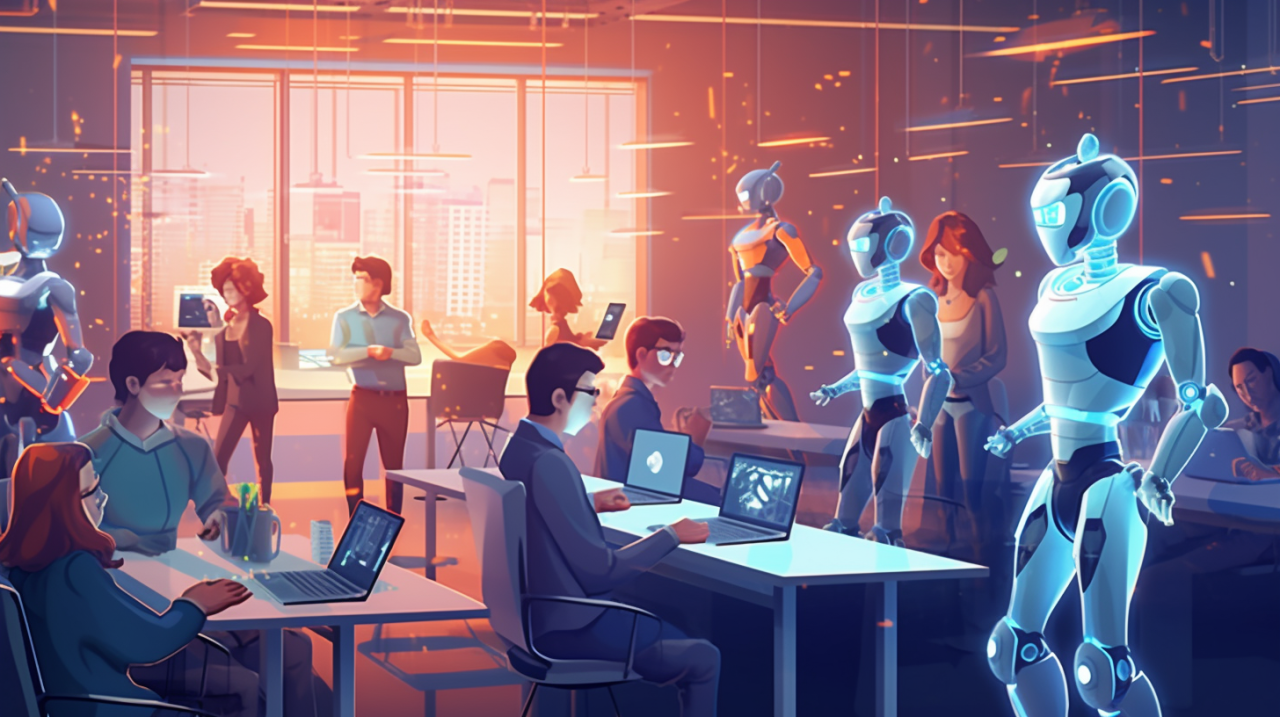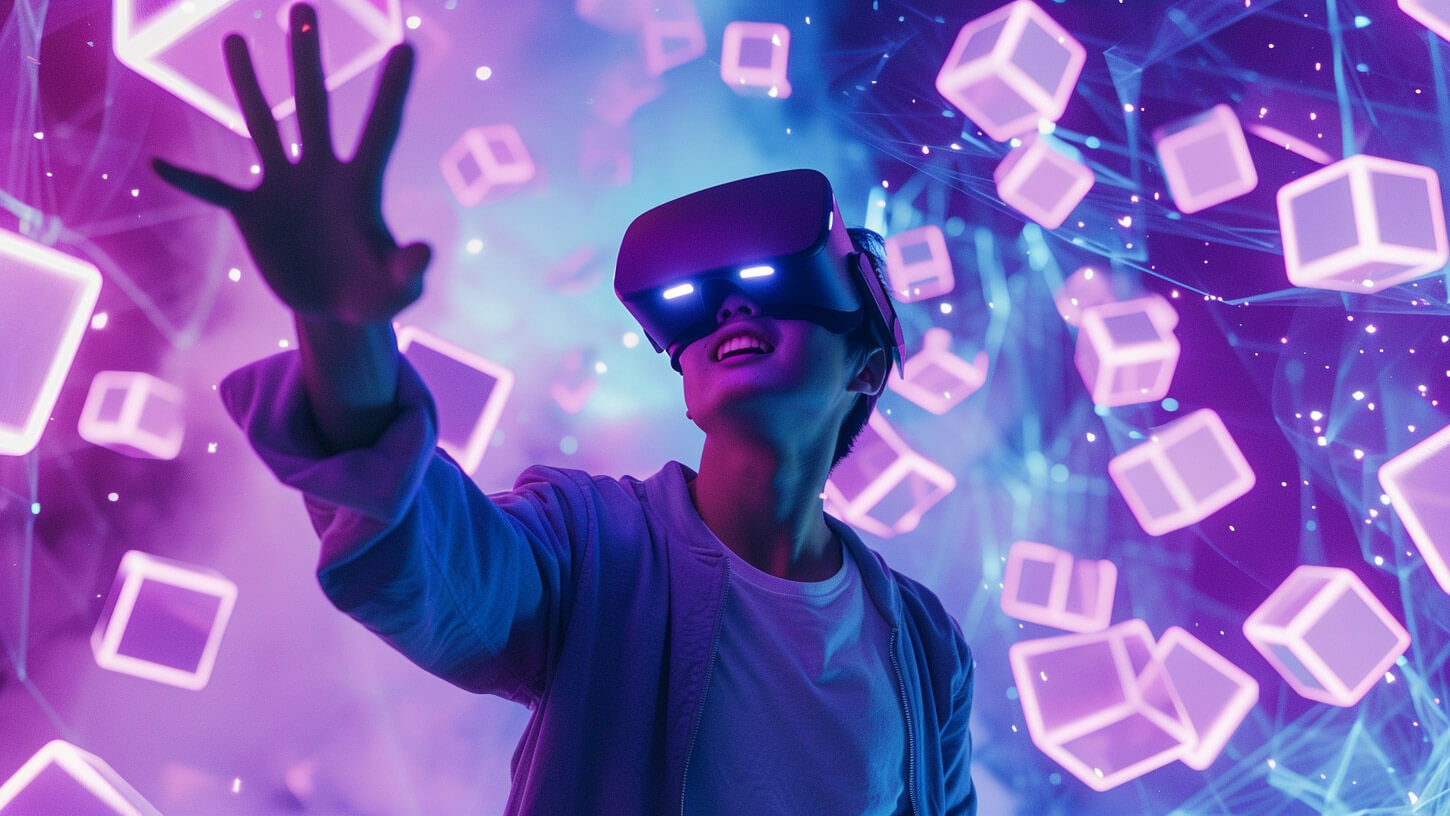
AI in Education: Transforming Learning into the Best Experience
The landscape of education is undergoing a profound transformation, thanks to the integration of artificial intelligence (AI). From personalized learning plans to intelligent tutoring systems, AI is making education more engaging, accessible, and effective. It’s not just about adding technology to classrooms; it’s about reimagining how we learn and teach.
So, how is AI creating the best educational experiences? Let’s explore the ways it’s revolutionizing the field and what the future holds for students, teachers, and institutions.

1. Personalized Learning: Tailored for Every Student
One of AI’s most transformative contributions to education is its ability to deliver personalized learning experiences. Unlike traditional “one-size-fits-all” methods, AI systems analyze individual learning patterns, strengths, and weaknesses to create customized content and recommendations.
- Adaptive Learning Platforms: Tools like DreamBox and Knewton adjust lessons in real-time, ensuring students progress at their own pace.
- Customized Feedback: AI-driven assessments provide instant, detailed feedback, helping students identify areas for improvement.
- Individual Learning Paths: Whether a student is excelling or struggling, AI adapts the curriculum to meet them where they are, fostering confidence and growth.
2. Smart Tutoring Systems: A Teacher for Every Student
AI-powered tutoring systems act as virtual instructors, offering one-on-one guidance outside the classroom. These systems are available anytime, anywhere, making learning more accessible.
- 24/7 Availability: Students can get help with subjects like math or science whenever they need it, without waiting for a teacher.
- Interactive Learning: AI tutors use interactive methods like games, quizzes, and simulations to keep students engaged.
- Language Support: Platforms like Duolingo use AI to teach languages with personalized exercises and real-time corrections.
3. Streamlining Administrative Tasks for Teachers
For educators, AI is a game-changer in reducing administrative burdens, allowing them to focus more on teaching.
- Automated Grading: Tools like Gradescope use AI to grade assignments and tests, saving hours of manual effort.
- Lesson Planning: AI analyzes curriculum standards and student data to suggest optimized lesson plans.
- Classroom Management: AI tools can track attendance, monitor participation, and even analyze classroom dynamics to help teachers intervene effectively.
4. Enhancing Accessibility and Inclusivity
AI is breaking down barriers to education, making learning more inclusive for all students, including those with disabilities.
- Text-to-Speech and Speech-to-Text: AI tools like Speechify help students with visual impairments or dyslexia access written content.
- Real-Time Translation: Platforms like Google Translate make it easier for non-native speakers to understand lessons in their preferred language.
- Assistive Technologies: AI-driven devices and applications support students with physical or cognitive disabilities, ensuring they have equal opportunities to learn.
5. Immersive Learning Through AI-Powered Tools
AI is enabling more immersive and experiential learning opportunities, bringing subjects to life like never before.
- Virtual Reality (VR) and Augmented Reality (AR): AI combines with VR/AR to create engaging simulations, such as exploring historical landmarks or conducting virtual science experiments.
- Gamified Learning: AI integrates game mechanics into lessons, making subjects like math or history more enjoyable and interactive.
- Real-World Scenarios: AI-driven simulations help students practice real-life skills, such as coding, engineering, or medical procedures, in a risk-free environment.
6. Data-Driven Insights for Better Decision-Making
AI provides educators and institutions with powerful analytics to improve outcomes for both students and schools.
- Predictive Analytics: AI can identify at-risk students early and recommend interventions to prevent dropout.
- Curriculum Optimization: By analyzing performance data, AI suggests adjustments to teaching methods or curriculum design.
- Student Engagement Metrics: Educators can monitor how engaged students are with lessons, enabling more targeted strategies to improve participation.
7. Global Learning Opportunities
AI transcends geographical boundaries, connecting students and teachers worldwide.
- Online Learning Platforms: AI-driven platforms like Coursera and edX offer courses from top universities, making quality education accessible globally.
- AI-Powered Study Buddies: Students can collaborate with AI avatars or bots that assist with group projects and discussions.
- Virtual Classrooms: AI enables seamless interaction between students and teachers, even in remote or underserved areas.
8. The Human-AI Partnership in Education
While AI enhances education, it’s not meant to replace teachers. Instead, it works alongside them, amplifying their abilities and creating a more dynamic learning environment.
- Empowering Educators: AI handles repetitive tasks, freeing up teachers to focus on fostering creativity, critical thinking, and emotional intelligence.
- Student-Teacher Relationships: AI supports personalized instruction, allowing teachers to build stronger connections with their students.
9. Challenges and Ethical Considerations
Despite its potential, integrating AI in education comes with challenges:
- Privacy Concerns: Managing and securing student data is crucial to maintaining trust.
- Access Inequality: Ensuring all students, regardless of socio-economic status, can benefit from AI technologies is essential.
- Over-Reliance on AI: Striking a balance between AI tools and human interaction is key to preserving the holistic nature of education.
10. The Future of AI in Education
The role of AI in education is only set to grow, with future advancements promising even greater benefits:
- Emotional AI: Systems that can detect and respond to students’ emotions, fostering better engagement and support.
- Lifelong Learning: AI will enable continuous education, adapting to learners’ needs at every stage of life.
- Global Collaboration: AI will connect students and educators from diverse backgrounds, promoting cross-cultural understanding and innovation.
Conclusion: The Best of Both Worlds
AI in education is not about replacing traditional methods but enhancing them to create the best possible learning experiences. By personalizing education, improving accessibility, and empowering teachers, AI is transforming classrooms into dynamic, inclusive, and engaging environments.
As we embrace this technology, the focus must remain on using AI as a tool to empower both students and educators, ensuring that learning is not only effective but also inspiring. With the right balance of human creativity and AI innovation, the future of education holds boundless potential.








